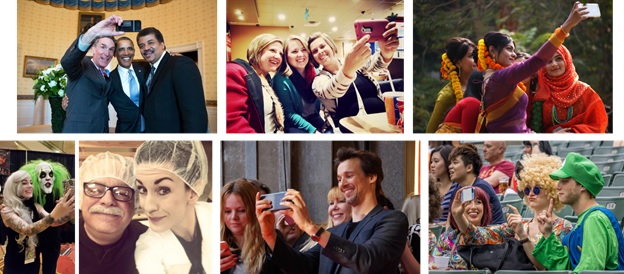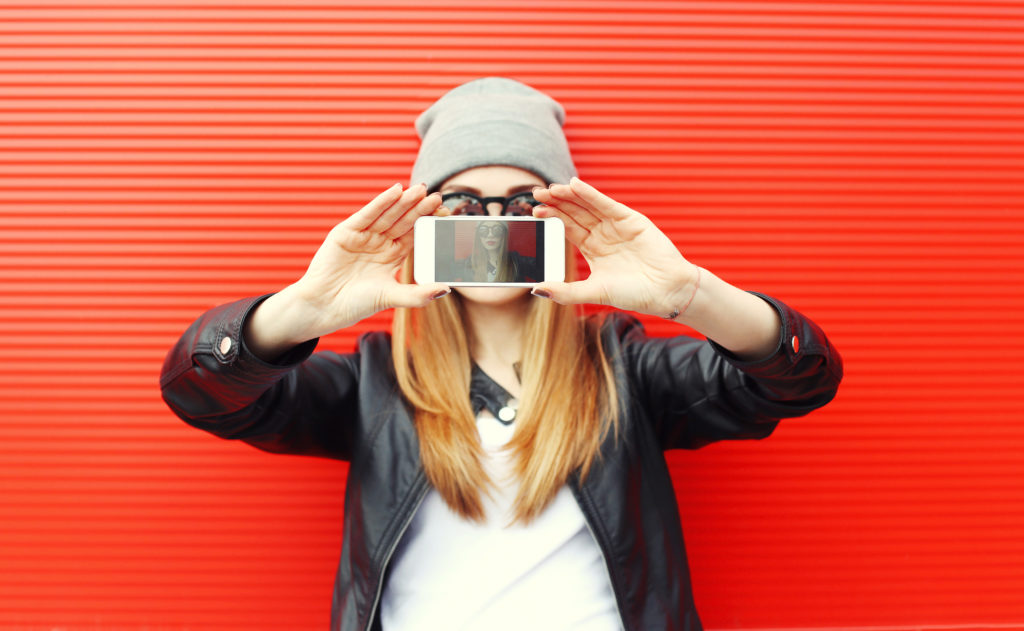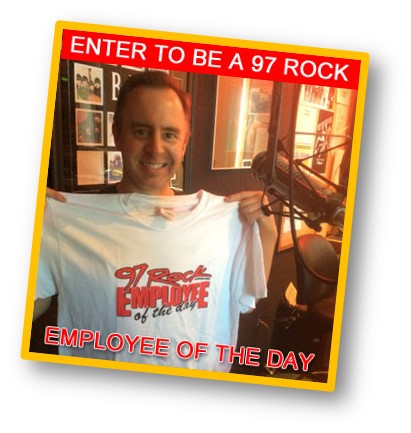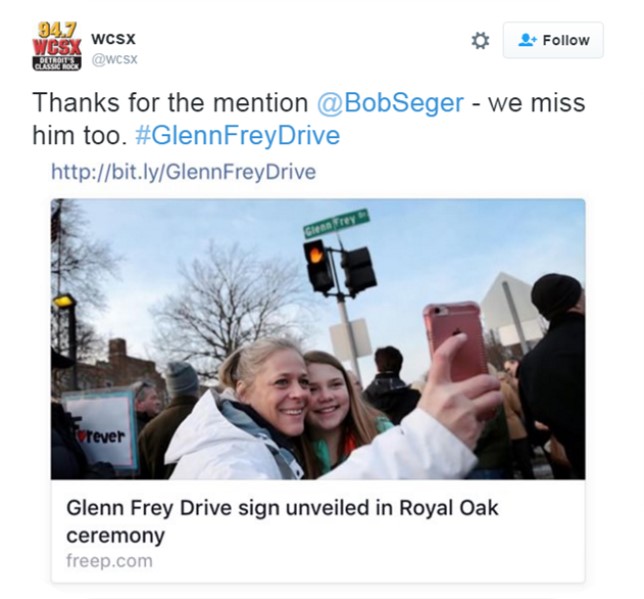
Back at Michigan State in the ‘70s, I was taught that research was the tool that could make programmers smarter. My professor and mentor, Dr. John Abel, was a research guru, and gave us the principles of using data to connect the dots and create great content that matched audience desires.
That’s been the foundation of Jacobs Media, as we’ve worked hard to navigate changes in attitudes and perceptions among consumers. Whether it was the development of the Classic Rock format in the ‘80s to launching jācapps in 2008, research has been our foundation – and it has always served us well.
So whether it’s our own Techsurveys for commercial, public, and Christian radio, or national studies like Edison/Triton’s Infinite Dial, well-designed audience research can provide radio programmers with great guidance – if we’re smart enough to listen, observe, and apply it.
A new Forrester study – “The Rise Of The Empowered Consumer” – headed up by Anjali Lai uses data to support the notion that technology adoption isn’t just about studying who owns a smartphone or how many people subscribe to Spotify. The project’s subtitle may be more telling because it suggests that studying behavior and how it’s changing can tell us a great deal about how to plan for what may be coming next:
“Consumers’ Evolving Behaviors And Attitudes Set The Pace For Innovation”
There are many conclusions from this research that will be of interest to those who create and market content for radio. But one that jumped out at me is all about “self-efficacy” – better known as “the selfie culture.” This Forrester trend addresses the consumer’s need to be viewed as unique, constantly trying to put herself in the best possible digital light.
I trace this movement back to the early days of reality TV shows, like American Idol, where ordinary people had the chance to become extraordinary in front of the entire world. We tend to associate this culture shift with Millennials, constantly taking selfies, posting Snaps, Instagramming favorite foods, and otherwise expressing their personality and individuality in vivid, emotional ways.
Some older observers suggest Generation Y is narcissistic, using digital technology and social platforms to egotistically promote and display themselves and “build their brands.” I would remind them that a sub-label for Baby Boomers was once “The Me Generation.” We simply lacked the smartphones and Facebook pages to feed out egos in a scalable way.

When you study selfies (like the montage at the top of this post), you can almost hear people saying, “I matter,” “Look at me,” “I was here” – all signs the empowered consumer (as Forrester calls her) has changed the marketing equation.
For radio, this Forrester finding suggests that radio’s content creators would be wise to re-examine how they think about their audience. Our entire orientation tends to be about studying the audience in large demographic buckets – 25-54 year-olds, Hispanics, or Country fans. In reality, spending time with consumers often reveals a strong sense of individuality – a feeling of not wanting to be categorized or stereotyped by marketers.
As consumers act like their own program directors, actively crafting and shaping their personal playlists, it puts pressure on PDs to look for ways to provide customization and personalization. The broadcast signal is what it is, always designed to reach as many people as possible. So when you have a cume audience of thousands – or even millions of people – how do you make consumers feel like they matter?
Stations could set up the ability to discover new music on the website or on a mobile app by scrolling through a series of videos or samples is one way to use digital tools to satisfy fan curiosity. Or by letting one fan a week sit in on a music meeting via Skype. 97Rock/Buffalo has  an evergreen feature, “The Employee of the Day,” where a regular fan becomes a 24-hour celebrity on the station, another way of making a big station feel intimate.
an evergreen feature, “The Employee of the Day,” where a regular fan becomes a 24-hour celebrity on the station, another way of making a big station feel intimate.
Podcasting is a way to create different channels of interest and taste for stations, whether its highlighting station DJs, the concert scene, news and issues, pop culture, or the local scene. Contests that provide a choice of prizes (winning concert tickets for Guns N’ Roses versus Red Hot Chili Peppers) play into the need for the audience to be able to call some of the shots and feel a sense of empowerment.
Sometimes it’s a matter of giving listeners the chance to be heard. We learned many years ago that “research is marketing.” The very act of asking a listener for an opinion not only provides data, but also reaffirms the respect a station has for its audience and their unique views. Research can provide these opportunities where the “average Joe”is given a voice, whether it’s Listener Advisory Boards, online audience surveys, or even brand advocate groups comprised of uber fans who want to make a difference in the way their favorite station sounds and does business.
And sometimes it’s a matter of giving listeners the chance to be seen. These games in Rio this month may end up being memorable for any number of reasons. But as one who is simply watching the coverage from afar, we might want to sub-title the event, “The Selfie Games.” Whether it’s the athletes themselves or simply fans taking their selfies in front of the iconic 5-ring logo, these megawatt moments are all being catalogued by individuals who want to feel they’re a part of the action, experiencing the event in a personal way, and sharing it with their communities.
That should send a message to radio about the value of creating selfie-friendly situations at station events. Because you know what ends up happening to those self-indulgent smartphone photos? They end up being shared again and again on the audience’s growing social media pages.
You may recall last February that WCSX/Detroit spearheaded a campaign to get a street in Royal Oak, Michigan named after their late native son and rock star, Glenn Frey. On a cold, wintry day, listeners showed up to witness the dedication of the Glenn Frey Drive street sign, making sure to catalog that moment in yet another selfie opportunity.
cold, wintry day, listeners showed up to witness the dedication of the Glenn Frey Drive street sign, making sure to catalog that moment in yet another selfie opportunity.
Fans don’t just want to hear about the event on the air or even witness it in person – they want to insert themselves into the story, become a part of this moment in time, and then spread the word to everyone they socialize with.
Many stations are designed and programmed as if consumers are the same people they were decades ago. While some audience desires are universal – playing the hits, being funny in the morning, hearing breaking news, and winning concert tickets – the tech explosion of the last many years has rewired our brains, something the Forrester research clearly points out.
Consumers aren’t just empowered. They’re on a mission to shape and adapt their media, pop culture, fashion, food, and entertainment around their personal and individual needs, tastes, and desires.
Radio may come with certain “givens” about how the product is designed and distributed. But new media tools give programmers, personalities, and web publishers the ability to go well beyond the transmitter and tower-delivered product to give listeners a unique, local, and yes, a personalized product.
The “Selfie Generation” is here to stay. Brands that are aligned with its values have a great chance to resonate with this new generation of consumers.
Point. Click. Share.
- What To Do If Your Radio Station Goes Through A Midlife Crisis - April 25, 2025
- A 2020 Lesson?It Could All Be Gone In A Flash - April 24, 2025
- How AI Can Give Radio Personalities More…PERSONALITY - April 23, 2025




Thanks Fred! Spot On! But, I wanted to leave an old “selfie” air check. Clark http://www.broadcastideas.com
Thanks, Clark.
Hard to argue with the fact that Generation Y is narcissistic and selfish. But selfishness has always been the engine of progress. Maybe selfie is not the best invention but not the worth. It really creates an opportunity for fans to became not only witnesses of an event but makes them part of it. Good point! To be honest I am one of that guys too. Any event without selfie 😉
Rob (Live Tour Tickets https://livetourtickets.com/)